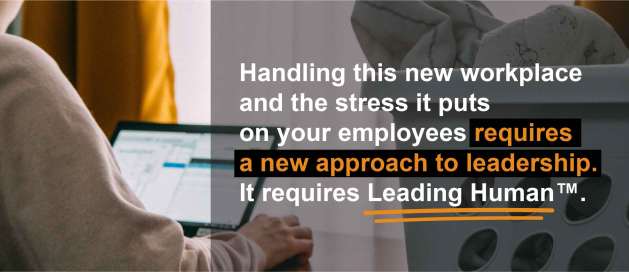
Building a Positive Workplace that Deals Effectively with Today’s Stresses
Caroline slumps in her chair, stares out her kitchen window, and wonders how it came to this. She looks down at the e-mail from her boss and shakes her head thinking, “She doesn’t understand.”
The kids are arguing in the background… something about whose turn it was to take out the dog. Looking around the kitchen, she notices that the dishes from last night’s dinner are still in the sink, unwashed. In fact, the whole house is a mess, clothes lying where the kids dropped them, the half-done puzzle pieces litter the table, dirt tracks from the dog across the floor, mail is strewn about the countertop, unopened. The only part of the house that is reasonably orderly, she realizes, is the part right behind her, the part that is seen in the background of her Zoom calls.
She frowns.









